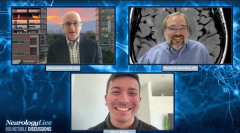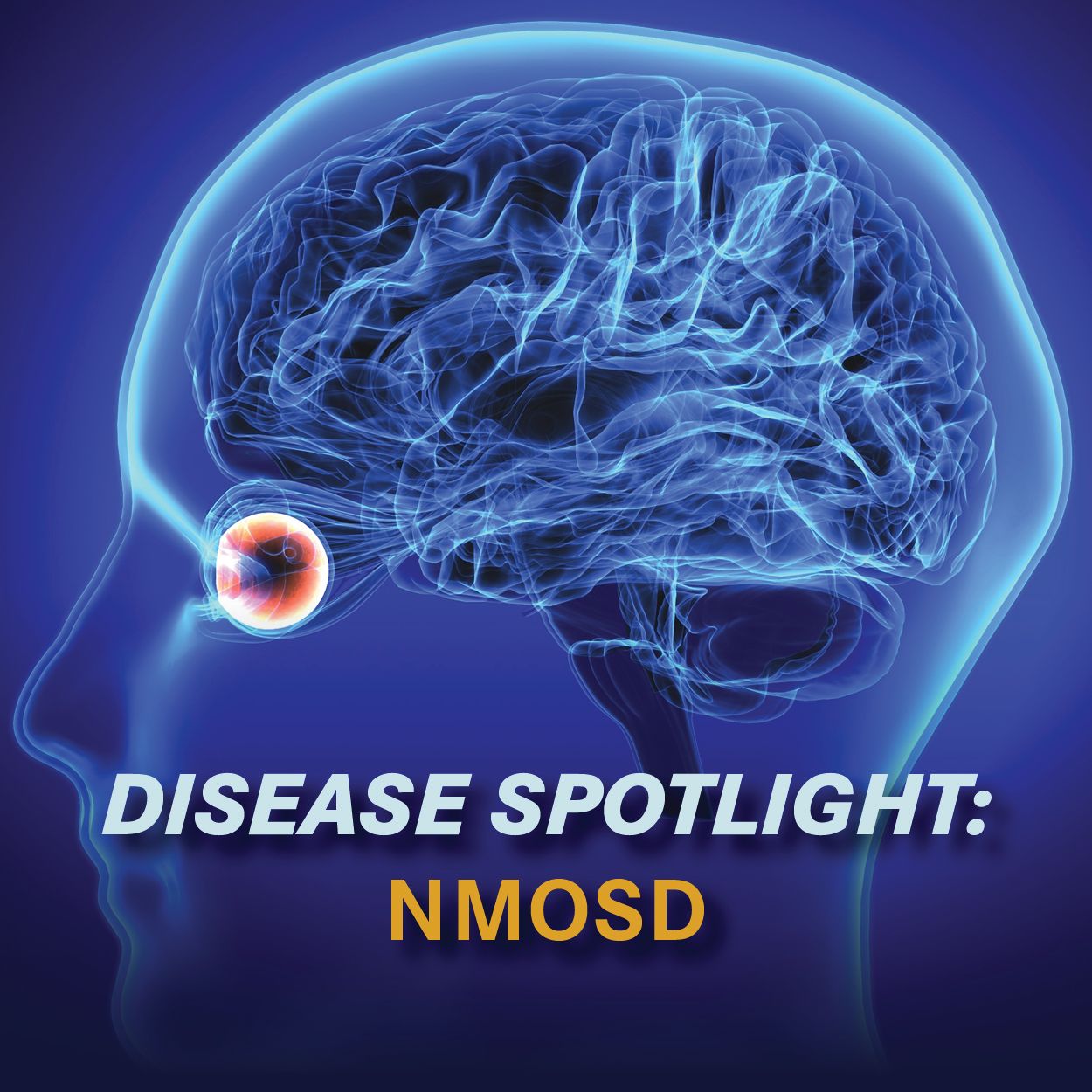
Understanding the Treatments and Tools for MOGAD Management

In this segment, Bennett and Greenberg explore the diagnosis, acute treatment, and long-term management of MOGAD, highlighting current therapies and ongoing research. [WATCH TIME: 8 minutes]
WATCH TIME: 8 minutes
Episodes in this series

Over the last 2 decades, the understanding of inflammatory demyelinating disorders of the central nervous system has radically changed with the identification of specific autoantibody-associated conditions distinct from multiple sclerosis (MS), namely aquaporin-4-IgG-positive neuromyelitis optica spectrum disorder (NMOSD) and myelin oligodendrocyte glycoprotein (MOG)-IgG-associated disease. In the most recently published diagnostic criteria of MOGAD, the identification of MOG-IgG was considered a core criterion, marking a major step in improving care and diagnosis rates.
That criterion, which was authored by
In episode 3, the duo discuss the treatment and management of MOGAD, including acute options such as high-dose intravenous steroids and plasma exchange, and the importance of rapid treatment to improve recovery outcomes. Bennett, currently a professor of neurology at the University of Colorado School of Medicine, highlighted the differences in MOGAD’s response to therapies compared with other neurological disorders like MS and neuromyelitis optica. Greenberg, who serves as a pediatric neurologist at the University of Texas Southwestern Medical Center, added that while prevention strategies for MS and neuromyelitis optica are more established, MOGAD is at an early stage of understanding, and long-term treatments like IVIG and rituximab are being used off-label. Furthermore, the two discussed ongoing clinical trials and the unique challenges of treating MOGAD, including the need for longer steroid tapers to prevent relapse.
SRNA is also hosting the 2024 Rare Neuroimmune Disorders Symposium (RNDS) on October 18-20th. The RNDS was created to bring together individuals diagnosed with acute disseminated encephalomyelitis (ADEM), acute flaccid myelitis (AFM), MOG antibody disease (MOGAD), neuromyelitis optica spectrum disorder (NMOSD), optic neuritis (ON), and transverse myelitis (TM) and clinicians and researchers that focus on these disorders. Invite your patients who may benefit from attending either virtually or in person in Dallas, TX. Healthcare professionals are also welcome to join! Learn more
Transcript edited below for clarity.
Marco Meglio: Let's talk a little bit about the treatment course for patients with MOGAD. Can you discuss some of the main treatment options for this disease, as well as some of the non-pharmacologic approaches that can help alleviate symptoms or improve the disease course in general?
Jeffrey Bennett, MD, PhD: When it comes to acute attacks of MOGAD, we tend to rely on what we do for many other autoimmune inflammatory disorders of the central nervous system that we’ve discussed. We typically use high-dose intravenous steroids, like Solu-Medrol or dexamethasone. We also think about short-term immune modulation therapies, such as intravenous immunoglobulin (IVIG) or plasma exchange, especially for patients with severe attacks.
Right now, it seems that MOGAD responds more vigorously to high-dose corticosteroids than other similar disorders, like multiple sclerosis (MS) or neuromyelitis optica (NMO). There's some recent research suggesting that in MOGAD, rapid treatment with steroids can have a significant impact on recovery, especially in cases like optic neuritis. So, treating these acute attacks quickly is critical.
We know that in NMO, alternative treatments like plasma exchange can be more effective in enhancing recovery from attacks. But with MOGAD, we don’t have as much data to support that yet. For MS, plasma exchange seems to work better for severe attacks, but again, we don’t have strong data for MOGAD. So, we rely on our standard acute therapies for now.
I’ll let Dr. Greenberg talk more about the long-term treatment strategies and how we manage patients once they’re off steroids, which may differ from how we treat other disorders.
Benjamin Greenberg, MD: On the prevention side, we're at a point with MOGAD that's similar to where we were with NMO about 20 years ago. Back then, NMO wasn’t fully recognized as its own category and was often misdiagnosed as MS. But now, with molecular diagnostics like antibodies, we can better differentiate these disorders.
As for long-term treatment, we’re still learning which patients need preventative therapy and what that therapy should be. Right now, we use some of the same tools that we’ve used for other CNS autoimmune disorders, like mycophenolate mofetil, rituximab, and, uniquely for MOGAD, intravenous immunoglobulin (IVIG). IVIG is something we don’t typically use for MS or NMO, so there are some clear differences in the way we treat MOGAD in the long term.
One key point for listeners is that while I always recommend secondary prevention for patients with MS or NMO right from their first event, that’s not necessarily the case for MOGAD. Some patients may not need secondary prevention at all because their relapse rate is lower, and their relapses tend to be more treatable. We might wait until a patient has a second clinical event before recommending long-term treatment with mycophenolate, rituximab, or IVIG, which is all off-label for now.
The exciting part is that just like with NMO, where we saw rapid investment in clinical trials after the disorder was better defined, we’re seeing the same thing with MOGAD. There are multiple clinical trials underway, which is pretty remarkable for a rare disease. It shows how organized the clinical and research communities are in rapidly deploying interventions and determining what works.
One last point about steroids: In the past, there was a lot of debate about how long to taper steroids after an acute attack. We didn’t have much data, and many clinicians based their decisions on personal experiences. However, we now know that patients with MOGAD often experience a “bounce-back” effect if steroids are tapered too quickly. That’s why at my center, we use a longer steroid taper for MOGAD than we would for other autoimmune disorders like MS or NMO.
So, it’s clear that MOGAD is its own unique disease, with its own specific treatment needs, and we’re making progress in understanding it better.
Newsletter
Keep your finger on the pulse of neurology—subscribe to NeurologyLive for expert interviews, new data, and breakthrough treatment updates.




















